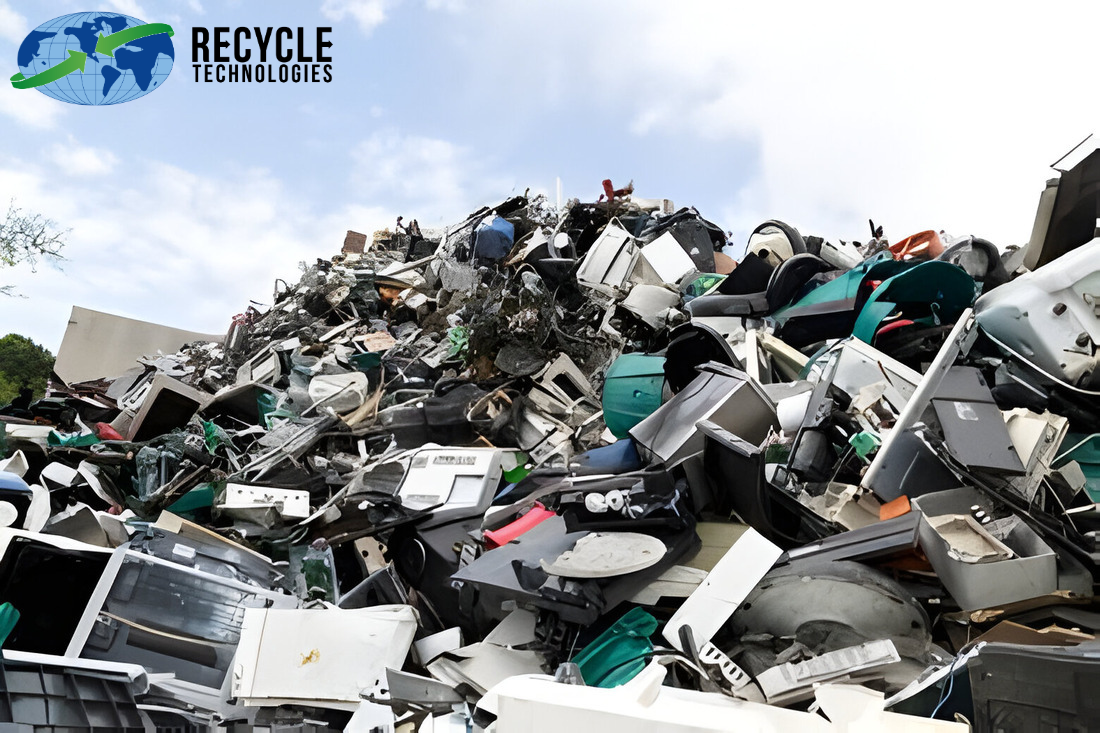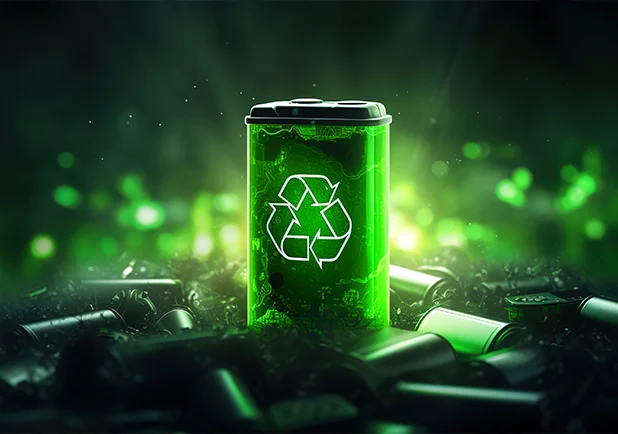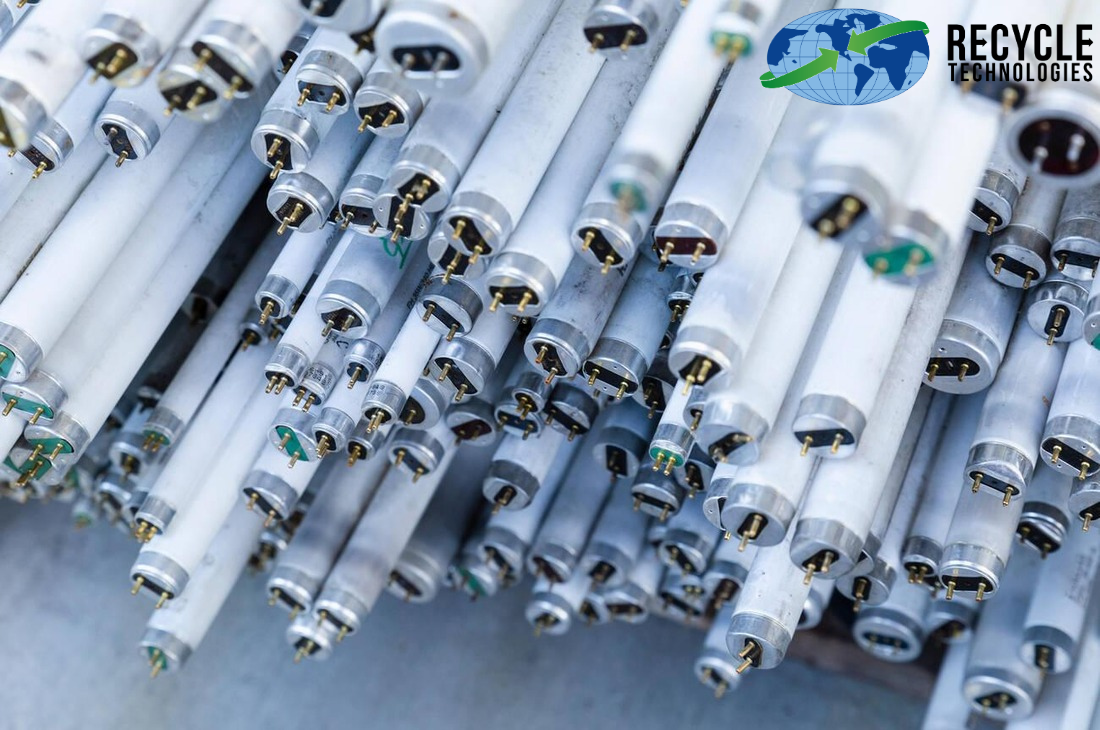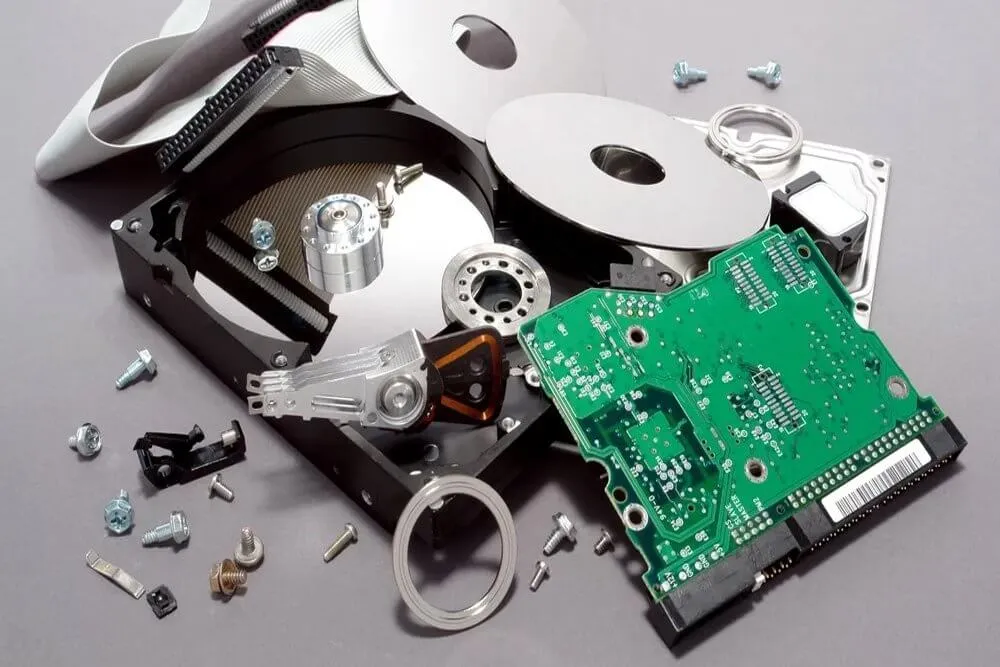There is no a shadow of doubt that we produce a staggering amount of e-waste. For us, tossing waste into the bin is second nature. But have you ever wondered what truly happens to the waste you help create? Every business and individual generates waste. The no longer useful material refers to waste.
The best philosophy is to consider that everything you no longer want has value. It is wise to treat your waste with respect. And remember how much energy and resources went into creating them. Try to make a mental effort to stop throwing things in the trash. Put them where they will do better than harm. Donate them or recycle them.
By any standard, we generate more waste than anyone, from leftover food to product packaging to furniture to appliances. This waste will also include hazardous, recyclable, compostable, and items that have no else to go other than a landfill. According to the World Bank, an average person in a high-income country discards about 3.5 lbs. of garbage every day.
That equates to more than 1300 lbs. each year. Research has shown that having advanced waste services in our country, we are the worst offenders. We produce almost 4.9 lbs. per day. That is 2000 lbs. of trash per year for every person.
| Organic Waste |
Recycle Materials |
| Food Scraps |
Glass Bottles & Jars |
| Garden Waste |
Aluminium or Steel Cans |
| |
Plastic Bottles and containers |
| |
Cardboard and paper |
| Other Household Waste |
Hazardous Waste |
| Soft Plastics |
Paints |
| Furniture |
Glues and Adhesives |
| Toys |
Cleaning Chemicals |
| Textiles |
Herbicides and Insecticides |
| Other Household Items |
Batteries |
| |
Electronic Waste |
The composting of an average trash bin is:
- Organics 41%
- Paper, Glass, Plastic, and Metal 43%
- E-waste and hazardous waste 16%
Waste Management is an essential service. This protects public health and the environment. Keep in mind it is a complex business. The waste hierarchy was developed to address this issue. For you, it is a tool or a framework for waste minimization that incorporates the protection of the environment and human health. This is an inverted pyramid that emphasizes the reducing, reusing, and recycling of waste. It put less focus on waste treatment and landfilling.
Around the world, this framework is integrated into policies, plans, and programs for waste management. Recycle Technologies uses it to lessen the e-waste that is plaguing our landfills. It enables you to find a better outcome for your dying electronics and appliances.
Also Read: Why Should We Recycle Electronic Waste?
Reduce E-waste
The top level of the waste hierarchy pyramid is all about prevention. Reduce refers to changing how we consume products. Simply choosing not to buy something has the most impact and the bonus that you will save money. Reducing is all about rethinking and redesigning products that we need in hopes of reducing waste. Using recycled and sustainable materials helps keep toxins out. This makes sure that items can be recycled at the end of their lives. The best way for us individuals to avoid and reduce waste is to think before we buy. Ask yourself “Do I need this product?”
The choice to buy single-use plastics is a perfect example. A reusable coffee cup is a better choice than single-use plastic that will end up in landfill.
Reuse E-waste
If it is not possible to reduce, then do the next best thing: reuse. Keeping products in use as long as possible is the best way to ensure that the energy and resources used to create them were not wasted. You can reuse products in numerous ways. You can keep using a product until it becomes a necessity. Another way to reuse your existing electronics is to care for them and repair them when required. It is common that when something breaks, it is thrown into the trash. It feels good to repair something.
Recycle E-waste
This process is an end-of-life scenario of materials that result in a positive outcome. This helps collect usable materials from discarded items and remanufacture them into new products. Recycling directly supports the circular economy and keeps materials in use. This also suggests that we rely less on mining and utilize recycled resources for creating new products.
Recovering E-waste
After exhausting recycling, the next alternative is to recover the resources and convert waste into energy. Energy waste can be viewed as part of the solution to the overall waste problem, but it needs to be consistent with the circular economy model. Recycling is preferable.

Landfills
The final alternative is the least desirable outcome. This suggests sending waste to landfills. Our goal should be only to send waste that is not hazardous to the environment or us. Well-managed landfills pose a risk to the environment and source of methane. Using the waste hierarchy, we can reduce the overall garbage we trash. Steering towards reducing, reusing and recycling is beneficial in every way possible.
E-waste is a complex category of waste. It not only contains a mix of metals and minerals that are toxic but harmful compounds as well. ranging from lead, arsenic, and mercury. When E-waste is disposed of improperly, these substances can pollute the soil, water, and air. They pose a dire risk to human health.
| Small Home Appliances |
Large Household Appliances |
| Microwaves |
Refrigerators & Washing Machines |
| Irons |
Cookers |
| Toasters, Coffee Machines |
Electric Fans |
| Sewing Machines |
Heaters and Air Conditioners |
| Power Tools |
Electric lawnmowers |
| Lights, Lamps, Flashlights |
Solar Panels. |
| Personal Devices |
Other E-waste |
| Mobile Phones, Smartphones |
Medical Devices |
| Power Supplies |
Automatic Dispensers |
| Smartwatches |
Thermostats |
| Cameras |
Massage Chairs |
| Hairdryers, curlers |
Diabetic Testing Equipment |
| Electric Shavers |
Heart Monitors |
| Electronic Cigarettes |
Defibrillators |
| Home Entertainment |
IT and Telecommunication |
| CD. DVDs, Blu Rays and their players |
Home and office telephones |
| Televisions |
Desktop Computers |
| Stereos |
Laptop and Tablets |
| Video Game Systems |
Copy machines and Fax Machines |
| Remote Controls |
Circuit Boards |
| Amplifiers |
Hard Disk Drives |
| Musical Instruments |
Monitors all types |
| Radios |
Network Hardware |
| Hand-held Video games |
UPS Systems |
| Kids toys |
Audio and Video Equipment |
Recycle Technologies is a certified e-waste recycler which has recycling facilities in Wisconsin and Minnesota. We provide individuals and businesses with a unique opportunity to dispose of their spent electronics, batteries, and many e-waste items as listed above. You can reach us at your leisure.













